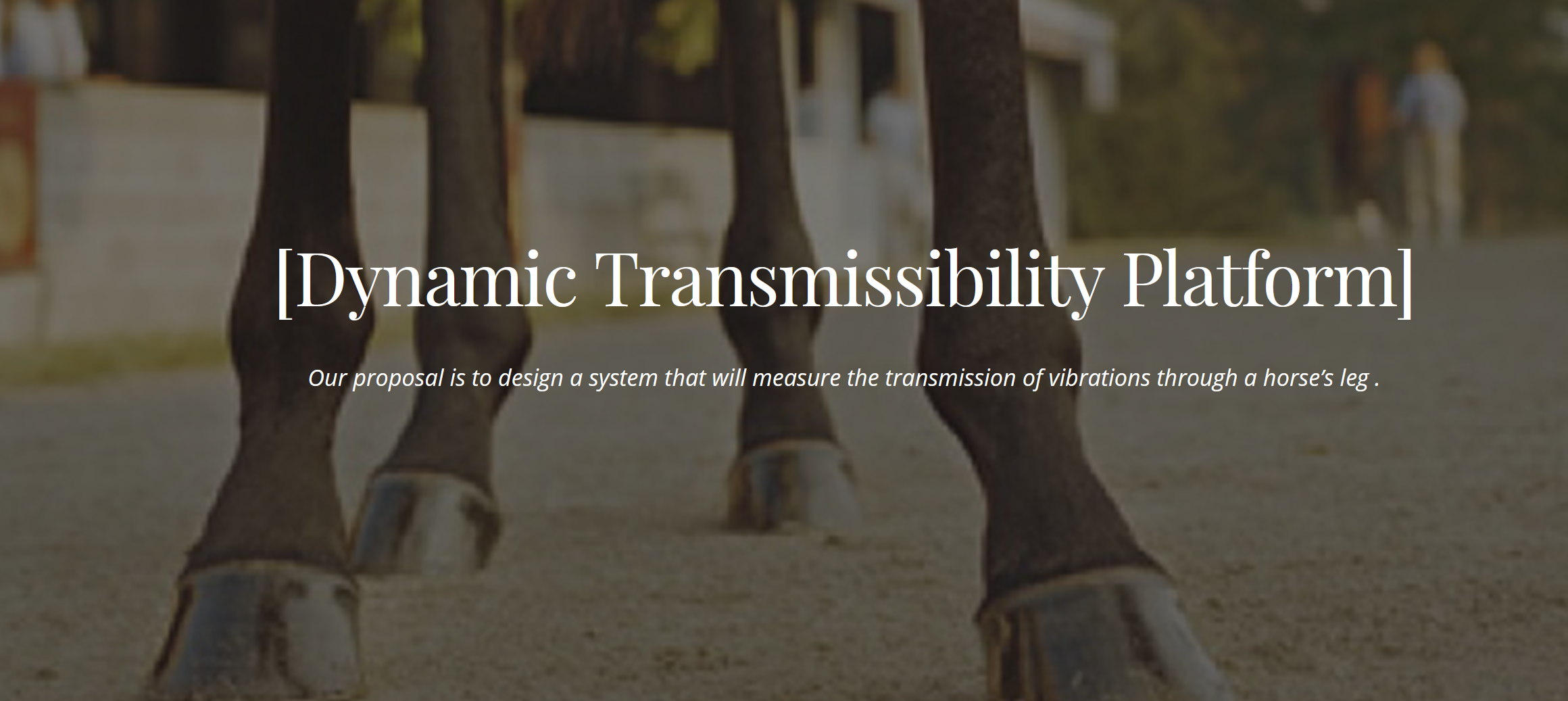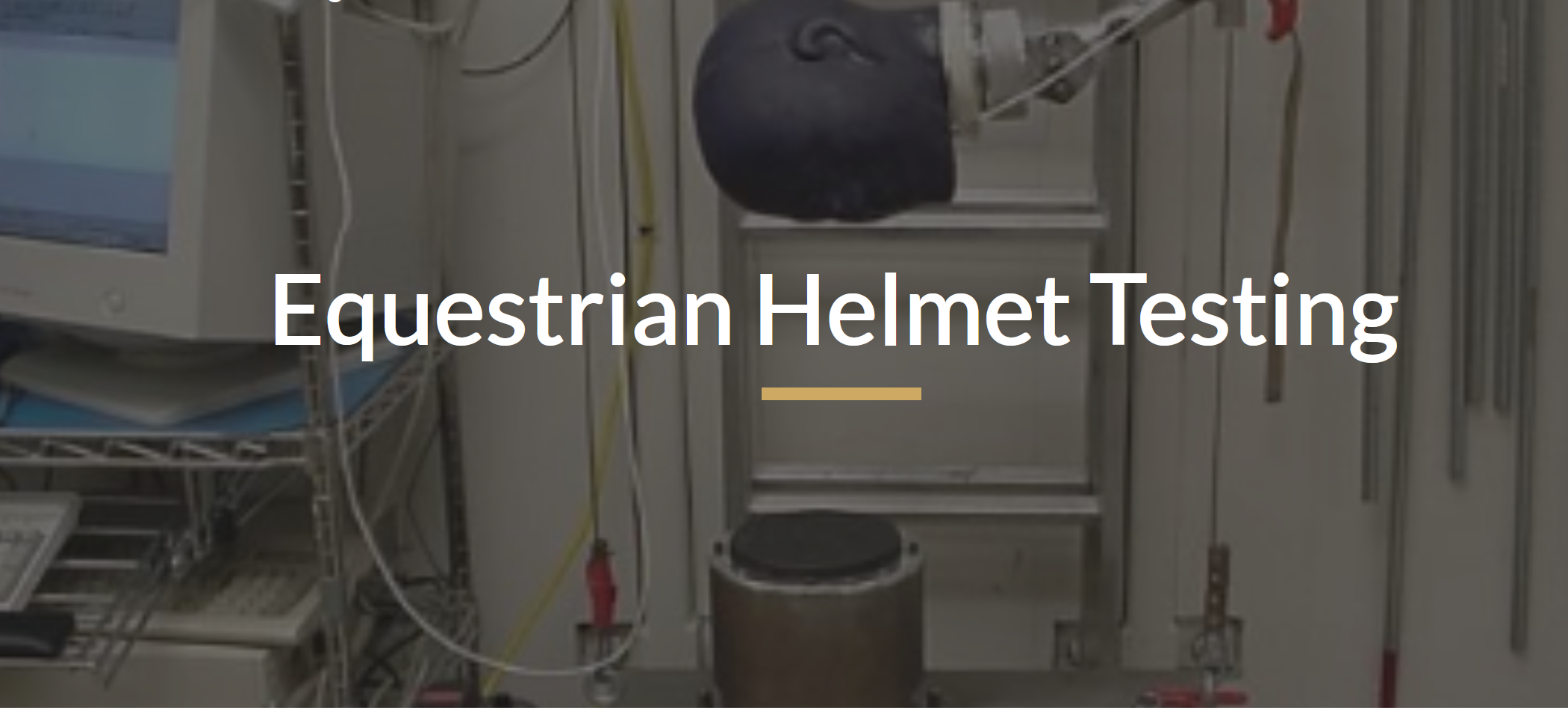Helmet Safety and Connection of Horseshoes to Osteoarthritis Issues are Two Focus Areas for UK Engineering Seniors
The University of Kentucky's Department of Biosystems and Agricultural Engineering has a unique structure. While students receive engineering degrees from the UK College of Engineering, administratively, the department is in the College of Agriculture, Food and Environment. This symbiotic alignment with two of UK's colleges often fosters a focus on agricultural and/or equine topics in the department's required two-semester capstone course.
“The senior design capstone course is a perfect fit for addressing engineering problems and challenges faced by the equestrian industry, since we are in Lexington, Kentucky, often referred to as the ‘Horse Capital of the World.’ Our students get first-hand experience integrating engineering design with a local industry’s needs,” said Alicia Modenbach, PhD, PE, lecturer and student services coordinator within the department.
Modenbach co-teaches the course with Mick Peterson, PhD, director of the Racetrack Safety Program and professor, and has advised several teams that have tackled equestrian- or horse-related projects.
“Biosystems engineering blends biology with engineering principles to design solutions for living systems. Many of our students have an interest in medical school, veterinary school or other biomedical applications of engineering, so having the opportunity to work closely with a local industry like the equestrian industry on projects that touch upon so many of those interests is invaluable to our students,” Modenbach said.
The yearlong process of senior design helps students experience the wide-ranging and complex problem-solving skills they will need as engineers.
"One thing that is notable about the projects is the way in which engineering touches on different areas of research,” Peterson said. “The projects range from helmet work, which addresses a clear safety issue, to dynamic transmissibility, which is related to how bones remodel and the generation of an optimal musculoskeletal system for the Thoroughbred racehorse."
Since at least 2016, every capstone has had an equine-related project. This year, three senior design teams are trying to solve horse and rider problems:
- The Dynamic Transmissibility Platform team is exploring if equine osteoarthritis can be lessened or prevented with greater understanding of horseshoes and vibrations up the horse’s leg. Advisors include Peterson and Jennifer Janes, DVM, PhD, Dipl. ACVP, associate professor, UK Veterinary Diagnostic Laboratory. More about the team’s work can be found at: https://sites.google.com/view/dynamic-transmissibility/home

- The Lateral Helmet Loading team is contributing to developing and establishing ASTM equestrian helmet standards. Advisors include Stephanie Bonin, senior biomechanical engineer, MEA Forensic. More about the team’s work can be found at: https://sites.google.com/view/bae402-lateral-helmet-loading

- The Equestrian Helmet Testing team is focused on translational and rotational acceleration to improve equestrian helmet design, with the goal of preventing injuries resulting from head trauma. Advisors include Bonin, and Peterson. More about the team’s work can be found at: https://sites.google.com/view/ukyhelmet2/home

A list of past senior design projects is available at https://www.engr.uky.edu/node/7221.
Karin Pekarchik, MS, senior extension associate for distance learning and founder of the UK Female Equestrian Health and Wellness Community of Practice, provided this information.
